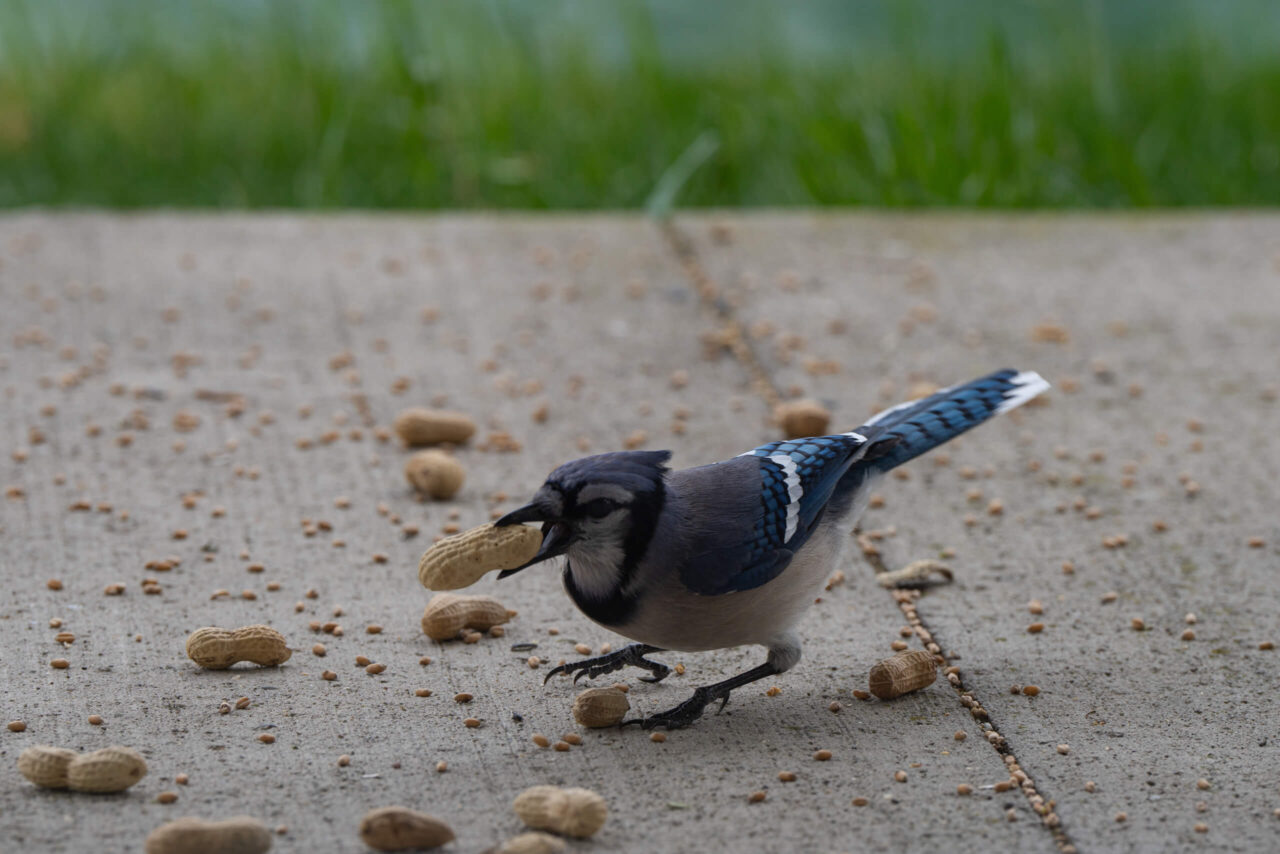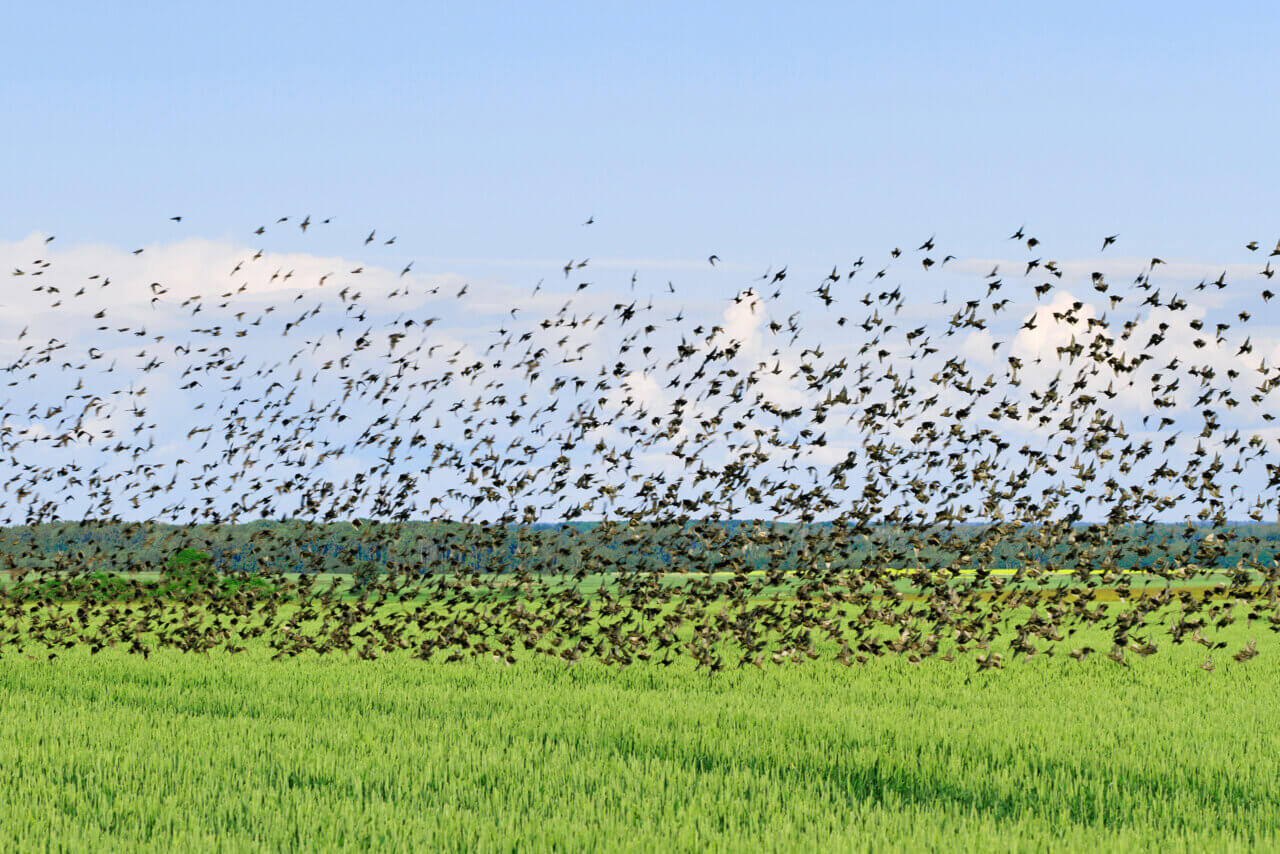Birds can be beautiful to observe in nature, but they can also become a nuisance when they invade spaces where they are not welcome. Whether it’s property damage, health concerns, or general disturbance, finding an effective way to keep birds away is essential for many homeowners and businesses. In this article, we’ll explore various methods to deter birds in a humane manner.
Understanding Why Birds Become a Problem
Birds are attracted to certain areas due to food availability, nesting opportunities, or shelter. Common issues caused by birds include:
- Property Damage – Birds can peck at wood and leave droppings that corrode surfaces, including those of buildings, boats and cars, leading to costly maintenance and cleaning efforts.
- Health Risks – Bird droppings can carry diseases and attract other pests.
- Noise Disturbance – Large flocks of birds can be loud, especially in urban settings.
Addressing these problems effectively requires a combination of deterrents that work with the natural behaviours of birds rather than against them.
Methods to Keep Birds Away
Natural Repellents
While there is limited scientific evidence supporting their effectiveness, natural repellents are commonly suggested as DIY solutions to deter birds.
- Baking Soda – Birds dislike the texture of baking soda. Sprinkling it in areas where they gather can deter them.
- Cayenne Pepper or Other Spices – Strong-smelling spices like cayenne pepper, chili powder, or garlic can be mixed with water and sprayed around problem areas.
- Citrus Peels – Many birds dislike the scent of citrus. Placing orange or lemon peels around nesting spots can help.

Visual Deterrents
Birds rely on their vision to detect threats. Using reflective objects, predator decoys, or specialized bird-repelling tape can make an area less inviting.
- Reflective Tape and Objects – Reflective materials, like Rise Tape, create flashes of light and movement that disorient birds, discouraging them from landing.
- Predator Decoys – Models of owls, hawks, or snakes can trick birds into thinking predators are nearby. Birds become accustomed to static objects, so periodically moving them increases their effectiveness.
Sound-Based Repellents
Auditory deterrents can mimic calls or create disruptive noises that discourage birds.
- Ultrasonic Devices – Emit sounds at frequencies unnoticeable to humans. However, studies have suggested they’re ineffective because most birds are incapable of perceiving ultrasonic sound. Furthermore, pets may be sensitive to these devices.
- Recorded Calls – Some systems broadcast predator or distress calls to scare birds away. While effective, these sounds may also be disruptive to pets and even humans, especially in residential areas.
Physical Barriers
Excluding birds from certain areas is one of the most effective ways to prevent problems. The methods listed below, while considered humane, could still cause injuries if birds fly into them at high speed.
- Netting and Mesh – Used to cover open areas like gardens, balconies, or fruit trees.
- Spikes and Sloped Surfaces – Bird spikes and sloped surfaces make perching difficult, deterring birds from ledges and beams. However, bird spikes have limitations. For more details, see our guide on bird deterrent spikes vs. Rise Tape.
- Wire Systems – Spring-tensioned wires create unstable or uncomforable perches that discourage birds from landing.
Habitat Modification
Making an environment less attractive to birds can encourage them to move elsewhere.
- Remove Food Sources – Secure trash bins, clean up fallen fruit, and avoid leaving pet food outside.
- Limit Nesting Areas – Seal gaps in buildings and remove unoccupied nests.
- Use Plants That Deter Birds – Certain plants, such as thorny shrubs, can discourage birds from landing or nesting.

Brief Overview of Bird Deterrent Systems
For those seeking long-term, commercial-grade solutions, a variety of bird deterrent systems exist. If you’re looking for a more detailed comparison, check out our guide on bird deterrent systems compared.
The Rise Tape Advantage
Rise Tape is a highly effective and humane solution for deterring birds. Its movement in the wind and reflective properties make birds uncomfortable without harming them. Unlike some deterrents that require maintenance or professional installation, Rise Tape is easy to use and provides an immediate deterrent effect. While primarily used in commercial settings, it has also proven effective in residential spaces, particularly for deterring birds from yards and waterfront properties like beaches and docks. It is an environmentally friendly alternative that respects both the needs of property owners and the well-being of birds.
Choosing the Right Solution
The best method for keeping birds away depends on the specific situation. A combination of visual, auditory, and physical deterrents often yields the best results. When selecting a deterrent, it’s essential to balance effectiveness with ethical considerations, ensuring birds are encouraged to relocate rather than harmed.
If you’re looking for a humane and effective bird deterrent, Rise Tape is a simple, proven solution that works in various environments, including difficult areas like ponds and elevated locations where other repellents cannot be deployed. Understanding bird behaviour and using the right deterrents ensures a bird-free space without harm to wildlife.Looking for an effective bird deterrent? Learn humane ways to prevent property damage, health risks, and noise disturbances.






